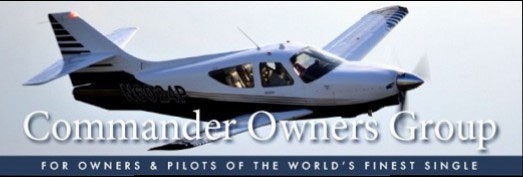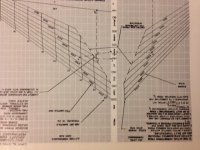Re: Climb Speeds with Hotshot
Neal, I don't believe that's correct. The Hot Shot utilizes a manual waste gate but it also has a pressure relief valve. The SB is quite clear and the manual waste gate makes it all the more important to observe.
Both item 1 and 2 in your list relate to engines with a MAP controller, so they do not apply directly. Were it not for the additional expense, weight, and plumbing, a MAP controller would be a great addition to the 112 HotShot.
The "cool new thing" is an electrically actuated MAP controller (instead of hydraulic using oil pressure).
http://www.taturbo.com/PressreleaseDensityController June 27 2009 _3Page.pdf Of course, it is probably made of solid unobtainium (or is at least priced that way)
The pop-off valve on the RCM mod is set fairly high. I believe it comes in to play somewhere north of 35", but I would have to look it up to be sure.
I did not develop the RCM Mod. Robin Miley adapted it based on an STC that Rajay did many years back. Carl Lee is the current owner and maintainer of the STC.
I used the words "probably not a good idea" because everyone is entitled to their opinion. Personally, I never plan to depart an airport boosted beyond redline. But I would not hesitate to turn the knob if I got into trouble felt additional power would save the day.
Normal departure is made at 2700 and max MP for that altitude. Climb is 26" 2600rpm until 10k feet where it becomes 25" (still 2600RPM). The cruise charts are very clearly annotated and do adjust for OAT. This is all per the flight manual supplement (or at least the one I have).
Regards,
Neal

